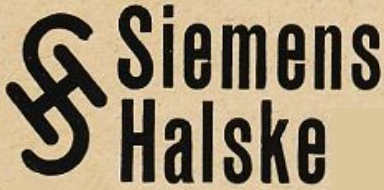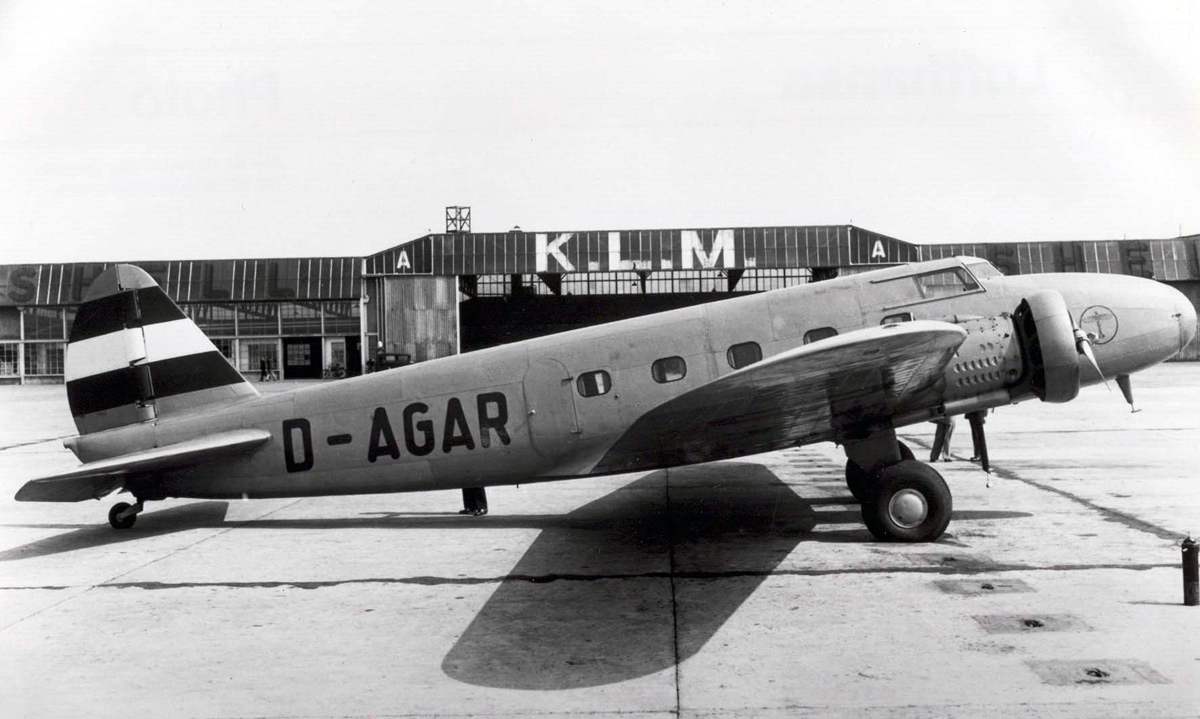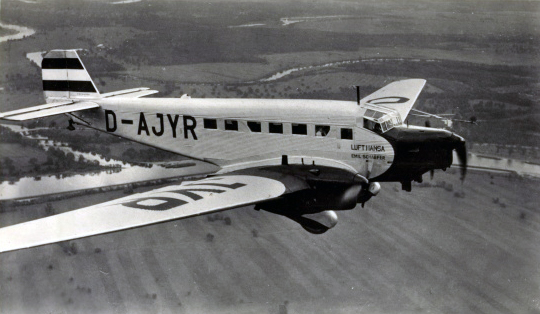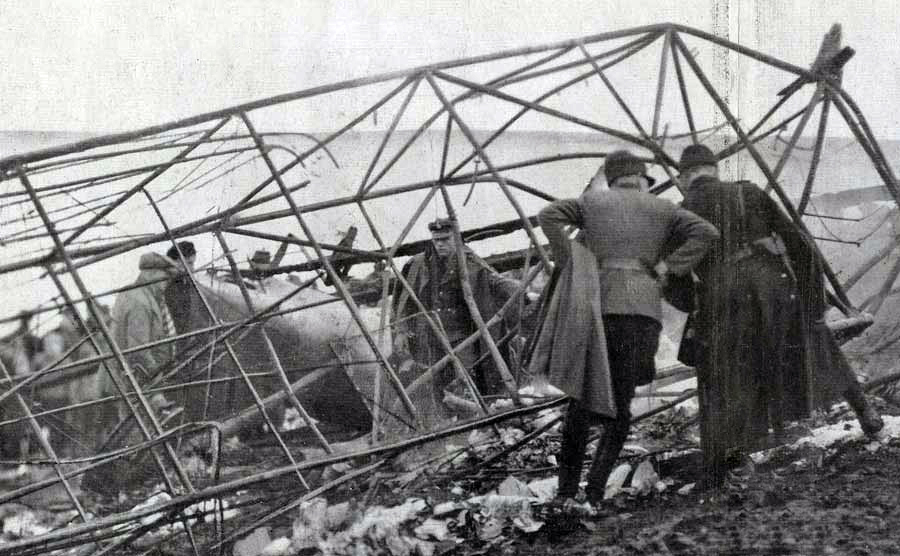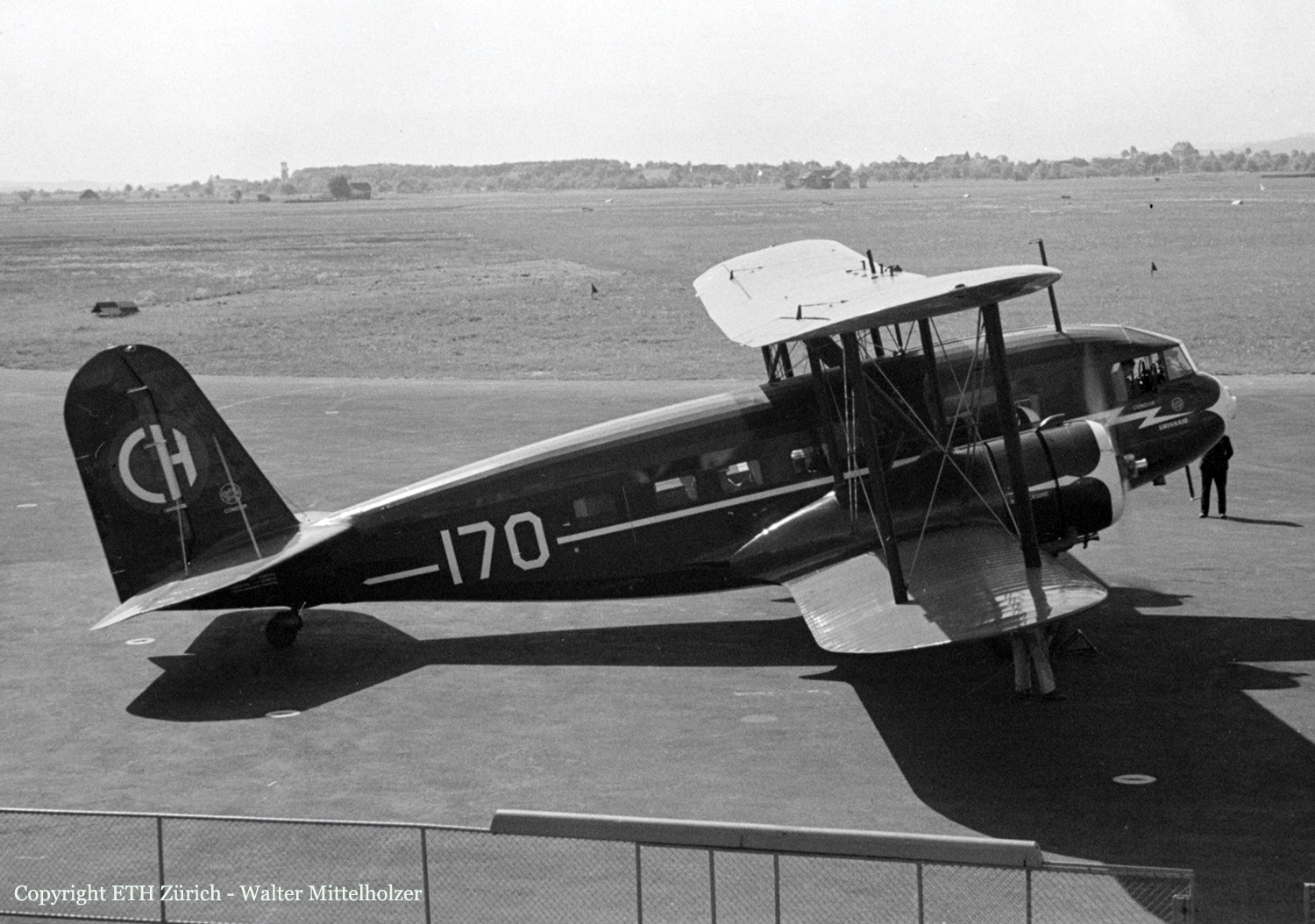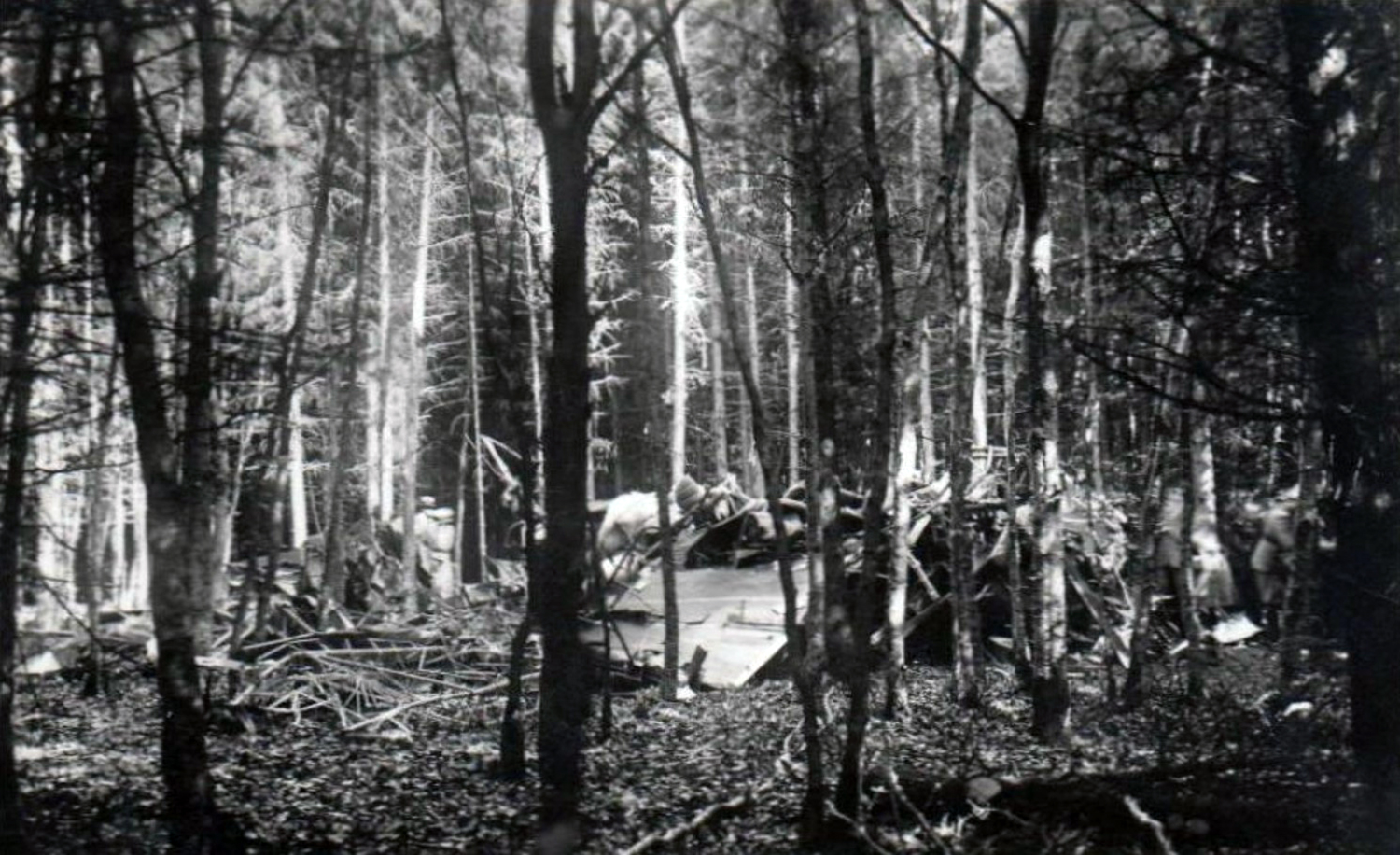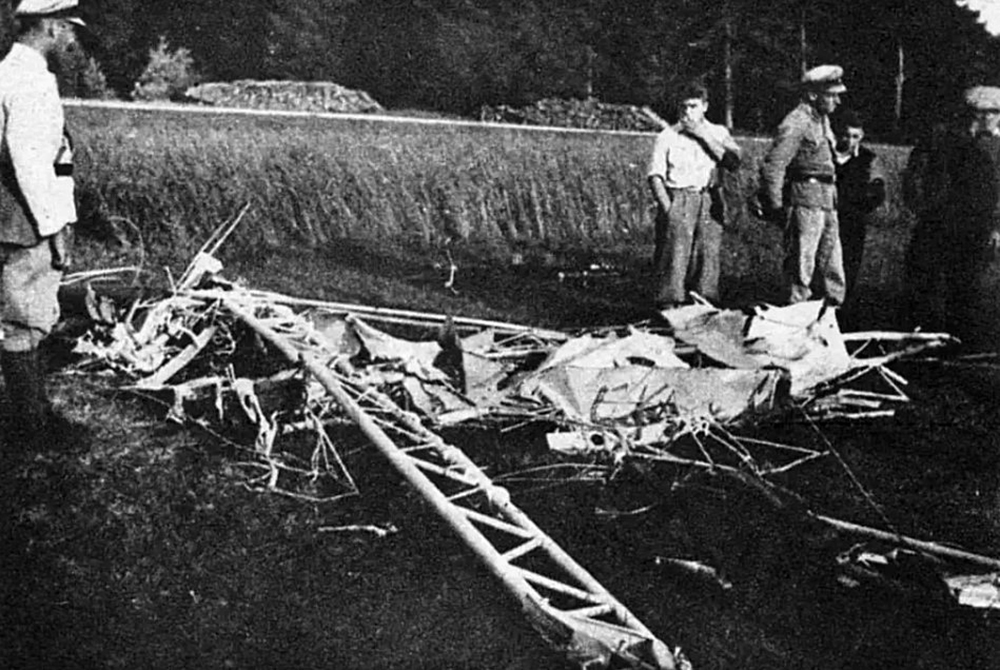Crash of a Junkers W.34fao in Berlin: 8 killed
Date & Time:
Jul 5, 1935 at 1130 LT
Registration:
D-ONAS
Survivors:
No
Schedule:
Berlin - Berlin
MSN:
2701
YOM:
1931
Crew on board:
1
Crew fatalities:
Pax on board:
5
Pax fatalities:
Other fatalities:
Total fatalities:
8
Circumstances:
The single engine airplane departed Berlin-Tempelhof Airport at 1115LT on a local test flight, carrying five engineers and one pilot. About 15 minutes into the flight, while cruising over the city of Berlin, the airplane entered an uncontrolled descent and crashed onto a house located in the district of Neukölln, bursting into flames. The wreckage was found about 3 km east of Tempelhof Airport. The house located 58 Lahnstrasse as well as the aircraft were totally destroyed. All six occupants on board the aircraft as well as two people in the house were killed.

